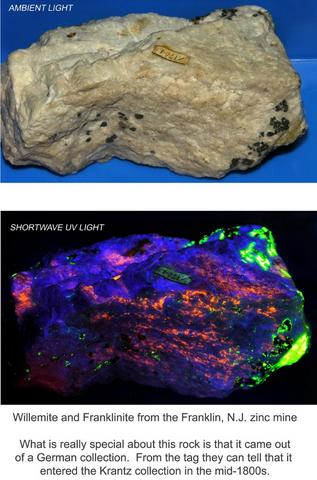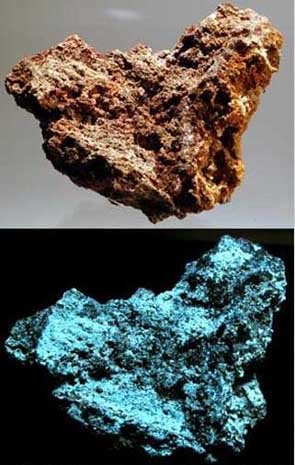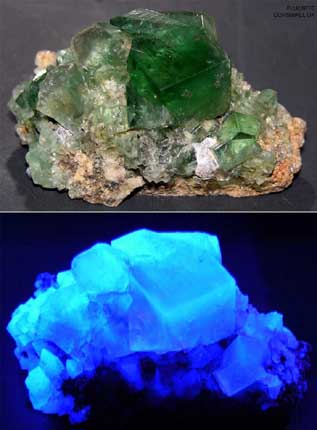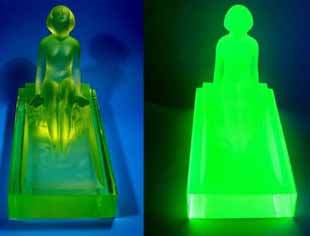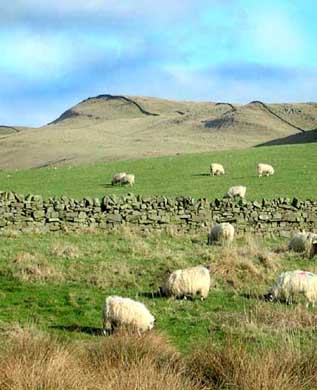Star Gazing

The dog and I went out in the back yard this morning at 3:00 a.m. so that I could try to get a couple of good moon pictures. The moon is currently in the constellation Virgo (known as the maiden), is waxing gibbous at 13.58 days old, and the disk is 98% illuminated.
I have noticed that there are two very different experiences in amateur astronomy. Sometimes I take the big telescope out at night (or a good set of binoculars and a lawn chair) to look at the planets and their moons. Here I experience the beauty and wonder of it all. Other times I go out to do astrophotography. In this instance I am focused on all the technical aspects of the camera settings, proper exposure, camera shake, etc. so that I can take a nice picture for others to enjoy. Tonight I got to experience both. I was doing astrophotography, I happened to glance up, and a really bright meteor went streaking across the night sky. What a thrill!
planets and their moons. Here I experience the beauty and wonder of it all. Other times I go out to do astrophotography. In this instance I am focused on all the technical aspects of the camera settings, proper exposure, camera shake, etc. so that I can take a nice picture for others to enjoy. Tonight I got to experience both. I was doing astrophotography, I happened to glance up, and a really bright meteor went streaking across the night sky. What a thrill!
I own a number of good aluminum tripods, but none of them can hack it when using a really heavy and long lens and a big DSLR camera. The dampening action of aluminum is terrible. Camera shake just goes on and on. Tonight I was using a very long lens. The only usable tripod I have for this application is a massive old homemade wooden tripod, which is just as stable as a rock. I constructed it from 2x4's and then put a really fine adjustable head on the top of it.

For my fellow nerd and geek colleagues, tonight I was shooting with a Nikon D300s DSLR camera in 14 bit raw, manual exposure. Rather than using a cable release to activate the shutter (which I have found will cause lens shake) I used an infrared remote. But the D300s doesn't have this capability you say. Yes, my spare battery holder has infrared sensor built into it. The lens I used has a focal length of 2600mm, so with this camera and sensor size the focal length in 35mm format is 3900mm. I was shooting at a shutter speed of 1/60 second, CMOS light sensitivity of ISO 400, and an effective aperture of f/30. The lens is an Opteka LR1300HD with a 2.0X teleconverter.
-
-
-
-
-
-
-
I have noticed that there are two very different experiences in amateur astronomy. Sometimes I take the big telescope out at night (or a good set of binoculars and a lawn chair) to look at the
 planets and their moons. Here I experience the beauty and wonder of it all. Other times I go out to do astrophotography. In this instance I am focused on all the technical aspects of the camera settings, proper exposure, camera shake, etc. so that I can take a nice picture for others to enjoy. Tonight I got to experience both. I was doing astrophotography, I happened to glance up, and a really bright meteor went streaking across the night sky. What a thrill!
planets and their moons. Here I experience the beauty and wonder of it all. Other times I go out to do astrophotography. In this instance I am focused on all the technical aspects of the camera settings, proper exposure, camera shake, etc. so that I can take a nice picture for others to enjoy. Tonight I got to experience both. I was doing astrophotography, I happened to glance up, and a really bright meteor went streaking across the night sky. What a thrill!I own a number of good aluminum tripods, but none of them can hack it when using a really heavy and long lens and a big DSLR camera. The dampening action of aluminum is terrible. Camera shake just goes on and on. Tonight I was using a very long lens. The only usable tripod I have for this application is a massive old homemade wooden tripod, which is just as stable as a rock. I constructed it from 2x4's and then put a really fine adjustable head on the top of it.

For my fellow nerd and geek colleagues, tonight I was shooting with a Nikon D300s DSLR camera in 14 bit raw, manual exposure. Rather than using a cable release to activate the shutter (which I have found will cause lens shake) I used an infrared remote. But the D300s doesn't have this capability you say. Yes, my spare battery holder has infrared sensor built into it. The lens I used has a focal length of 2600mm, so with this camera and sensor size the focal length in 35mm format is 3900mm. I was shooting at a shutter speed of 1/60 second, CMOS light sensitivity of ISO 400, and an effective aperture of f/30. The lens is an Opteka LR1300HD with a 2.0X teleconverter.
-
-
-
-
-
-
-




